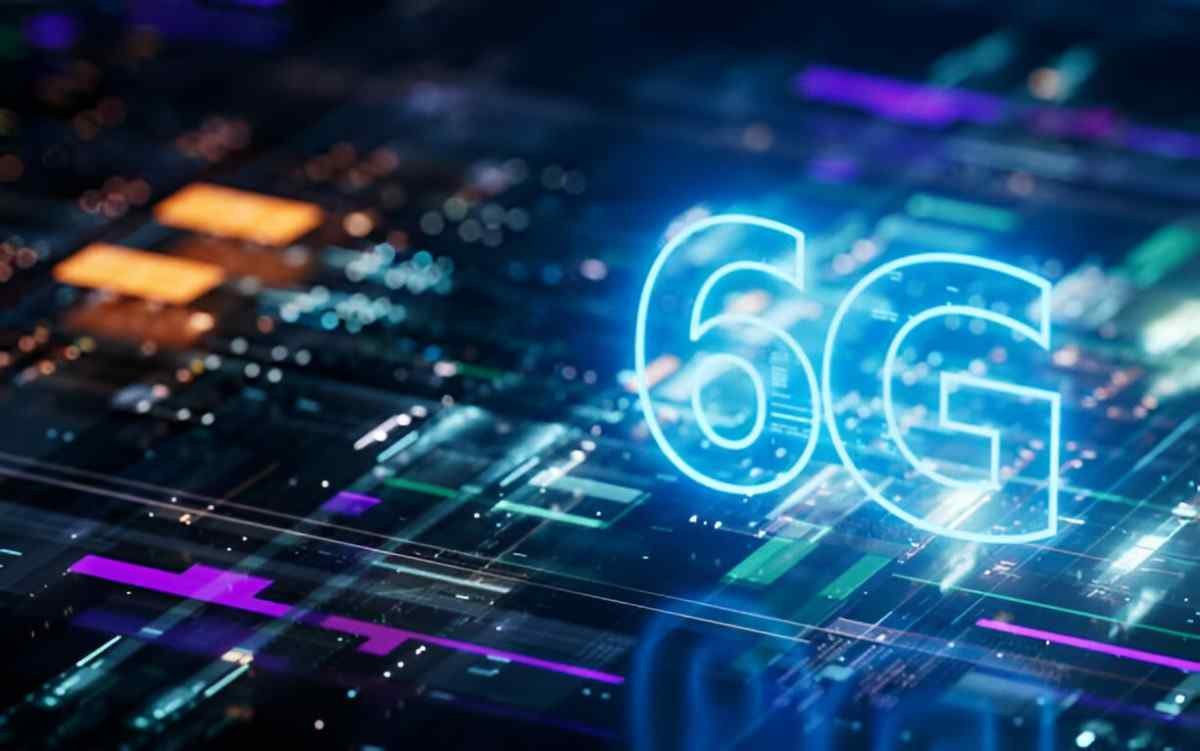As the world moves forward in its quest for faster and more secure communication, one of the most exciting prospects is the fusion of 6G and blockchain technology. While 5G has just begun to revolutionize communication systems, 6G is already on the horizon. But what happens when blockchain, the technology behind cryptocurrencies like Bitcoin and Ethereum, is incorporated into this next-generation network? In this article, I will explore the concept of 6G blockchain, its potential, and the real-world applications that could change industries forever.
Table of Contents
What is 6G?
6G is the sixth generation of wireless technology, expected to follow the launch of 5G. While 5G is already enabling faster internet speeds and connecting millions of devices through the Internet of Things (IoT), 6G promises to take connectivity to a whole new level. It is predicted to offer speeds up to 100 times faster than 5G, ultra-low latency, and reliable communication for all sorts of devices, ranging from smart cities to autonomous vehicles.
What is Blockchain?
Blockchain is a decentralized ledger technology that ensures transparency, security, and immutability in digital transactions. It has revolutionized industries by providing a way to securely record data without relying on a central authority. This makes blockchain ideal for applications where trust, security, and data integrity are crucial, such as in cryptocurrencies, supply chains, and healthcare.
The Intersection of 6G and Blockchain
Combining 6G with blockchain could bring about a significant shift in how the world communicates and manages data. 6G will require a more advanced and secure network infrastructure, and blockchain could provide that backbone. Let’s explore some of the most important ways in which blockchain can enhance the 6G network.
1. Enhanced Security
One of the primary concerns with any new communication technology is security. With 6G, as more and more devices connect to the internet, the risks of cyber-attacks, data breaches, and unauthorized access increase. Blockchain’s decentralized nature makes it an ideal solution to address these concerns. By using blockchain, every transaction or data exchange in a 6G network can be recorded on an immutable ledger. This means that tampering with data or hacking into the system becomes much more difficult.
2. Improved Data Privacy
In the 6G era, data privacy will be more important than ever. Blockchain can provide enhanced privacy features by allowing users to control their data. Through blockchain-based identity management systems, individuals can manage who has access to their personal information and how it is used. This could eliminate the need for centralized data storage systems, which are often vulnerable to hacking and data misuse.
3. Seamless IoT Integration
The Internet of Things (IoT) is a critical component of 6G. With billions of devices connected to the network, managing and securing data transmission between these devices will become increasingly complex. Blockchain can provide a decentralized solution to this problem. Through blockchain, devices in the IoT network can securely communicate with each other without relying on a central server. Each device could have its own blockchain-based identity, ensuring that data is transferred securely and without risk of tampering.
4. Decentralized Edge Computing
Edge computing is an essential feature of 6G, as it enables faster data processing by bringing computation closer to the devices rather than relying on centralized cloud servers. Blockchain could enhance edge computing by decentralizing the computing process. With blockchain, data from various edge devices could be processed in a distributed manner, increasing the network’s efficiency and reducing latency. This could have far-reaching implications for industries such as healthcare, where real-time data processing is critical.
5. Blockchain for Smart Contracts
Smart contracts are self-executing contracts with the terms of the agreement directly written into code. With 6G, the need for smart contracts will grow as industries become more automated. Blockchain provides a secure platform for smart contracts to function in, ensuring that all parties involved in the contract adhere to the terms without the need for intermediaries. In the 6G era, these contracts could be used for everything from automated financial transactions to secure supply chain management.
6. Blockchain for Secure Payments
6G will also see the rise of new payment systems that operate over high-speed, low-latency networks. Blockchain-based cryptocurrencies, such as Bitcoin and Ethereum, could play a key role in these transactions. With 6G’s ultra-fast speeds, blockchain-based payments could be processed instantly, making global transactions faster and more efficient. Blockchain’s transparent nature also ensures that payments are secure and traceable.
Applications of 6G Blockchain
The fusion of 6G and blockchain will have a wide array of real-world applications. Below, I will outline a few key examples.
1. Autonomous Vehicles
The implementation of 6G networks will significantly improve the capabilities of autonomous vehicles. These vehicles will require a high-speed, reliable, and secure communication system to exchange data with each other, traffic signals, and infrastructure. Blockchain can ensure that data shared between these vehicles is tamper-proof and secure, reducing the risk of cyber-attacks. For example, a car might communicate with traffic signals in real-time to optimize traffic flow. Blockchain ensures the security and privacy of this communication, preventing hackers from interfering with vehicle operations.
2. Smart Cities
6G-powered smart cities will rely on a network of interconnected devices, including sensors, cameras, and smart infrastructure. Blockchain can provide a secure and decentralized platform for these devices to communicate with each other. For example, blockchain can help secure the data exchanged between traffic sensors and public transportation systems. This ensures that the data is not manipulated or misused, leading to more efficient city management.
3. Healthcare
In healthcare, 6G and blockchain can combine to create a system for secure, real-time data exchange. Blockchain can ensure that medical records are kept secure and only accessible by authorized individuals. Moreover, with the low-latency capabilities of 6G, healthcare providers can access real-time data from patients’ wearable devices, ensuring prompt medical responses. For instance, a blockchain system could store a patient’s medical history and allow different healthcare providers to access it securely when needed, improving coordination and reducing errors.
Comparing 5G and 6G Blockchain Integration
| Feature | 5G Blockchain Integration | 6G Blockchain Integration |
|---|---|---|
| Speed | Fast (1Gbps) | Extremely Fast (100Gbps or higher) |
| Latency | Low (1ms) | Ultra-Low (sub-millisecond) |
| Security | Blockchain enhances security in data transactions | Blockchain ensures end-to-end security in IoT, edge computing, and smart contracts |
| Data Privacy | Blockchain improves control over personal data | Blockchain allows granular control over data sharing and storage |
| Applications | Enhanced mobile services, autonomous vehicles | Smart cities, healthcare, advanced IoT, autonomous systems |
| Efficiency | Efficient, but centralized infrastructure may still be used | Fully decentralized, reducing reliance on centralized servers |
Conclusion
The combination of 6G and blockchain presents a future where communication, security, and data privacy are seamlessly integrated into the fabric of our daily lives. Blockchain will enhance the security, privacy, and efficiency of the 6G network, making it more reliable and decentralized. As we look toward the future, the applications of this technology will revolutionize industries from healthcare to finance, transportation to governance. The potential is vast, and we are only scratching the surface of what 6G blockchain can achieve. As we move closer to the realization of 6G, the integration of blockchain will undoubtedly play a crucial role in shaping the next generation of communication.





